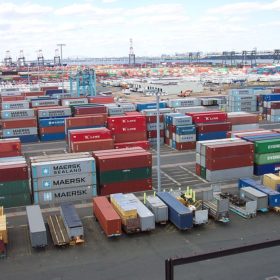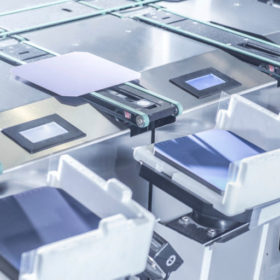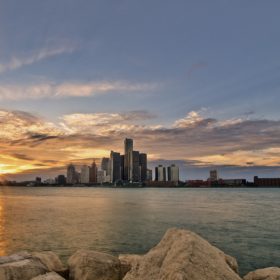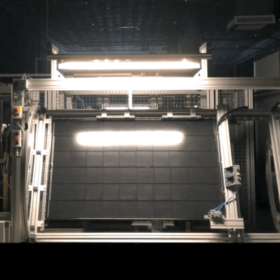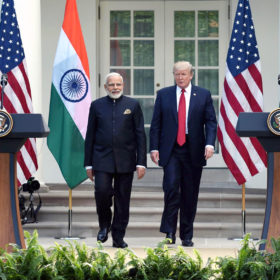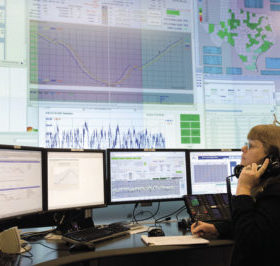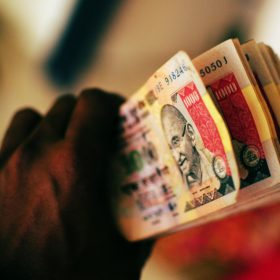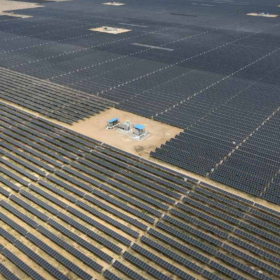Lithium-ion batteries still set for US tariffs on September 1
The energy storage market is set to be the latest affected by Trump’s trade war as lithium-ion batteries were excluded from the group of Chinese imports for which the U.S. president announced tariffs would be delayed until December 15.
The long read: Explosion of cell and module technology
With half-cut, bifacial, shingle cell, and heterojunction designs being deployed at the scale of hundreds of megawatts, it is an exciting time to be in solar cell and module technology.
Akasol plans to build new battery factory near Detroit
The German battery manufacturer will make products for electric trucks and buses at the facility, which is expected to employ 200 workers and produce 400 megawatt-hours of batteries annually.
Battle of the module reliability rankings
While module makers are attempting to get the best possible scores for their products on third-party tests, third-party testing providers are also offering competing products to rank products. We look at what’s similar and what’s different in the tests.
India could benefit as US applies Section 201 tariffs to Turkish modules
With Turkey now deemed too developed to qualify for exemption from import tariffs, the nascent Indian solar manufacturing sector is one of the few markets left whose cells and modules can be shipped to the U.S. free of tariffs.
The big read: Inertia, frequency regulation and the grid
The old system of regulating frequency on electricity grids with the help of the inertia provided by large spinning masses is under threat from wind, solar and batteries. But what will replace inertia-based control, and how will the transition work?
Solar money is all flowing downstream – in the West at least
Mercom Capital’s latest report on financial activity in the solar sector illustrates an increasing flow of capital towards downstream companies and PV projects – as well as a split between China and the rest of the world.
